Turkey vultures and black vultures are two distinct species that can look very similar. Read on to discover their unique habits and how to tell them apart both in the air and on the ground.
An Ominous Visitor
One crisp morning while camping with the blacksmiths near Austin, Texas, my neighbors and I were standing around a campfire with our breakfast beverages trying to wake up, when out of nowhere a huge brown vulture swooped over our heads and landed on a nearby electric pole. It turned to stare at us with unsettling intelligence in its bright amber eyes.
One of my companions returned the bird’s judgmental look. “Turkey buzzard,” he said. “Nasty bird. They’ll kill a calf, give ’em half a chance.”
I glanced at the bird – which, sure enough, was a turkey vulture – and said, “Don’t you mean black vultures?”
“Nope. Turkey buzzards. Mean S.O.B.s. Anybody got a BB gun?”
He was joking – vultures are protected by the Migratory Bird Treaty Act of 1918 and it is very illegal to kill one without a specific permit. Everyone knew this, and even if they didn’t, no one felt motivated to move away from the fire. The vulture hung out with us for the better part of an hour before it finally stretched its six-foot wingspan and flapped away.
This left me to wonder: Where did my friend get this “mean buzzard” idea? Do turkey vultures deserve it?
Facts About “New World” Vultures
Vultures – or “buzzards” as they are sometimes known in the US – play an important role in the health of our ecosystem. Without their disgusting habit of gobbling up dead things we would be up to our eyeballs in killer bacteria.
They are surprisingly tidy about their business. Their lack of feathers around their heads means less to clean as they stick their beaks deep into a carcass. It also helps keep them stay cool on hot summer days.
The tough scale-like formations (called “scutes” if they are scaly and “reticula” if pebbly and round) on their long legs serve a similar function. Vultures habitually urinate (or poop – they do both at the same time) on their legs. The high acid content in their fecal matter helps eliminate deadly pathogens like anthrax, botulism and rabies.
Vultures are the masters of soaring, riding effortlessly with the air currents, hardly flapping their broad wings. They are highly social birds. They roost, fly, and eat in groups, many of them related to each other.
The greatest joy of my childhood was watching these birds take off from the trees surrounding my house to catch a warm air thermal early in the morning. They’d circle gracefully around, more birds joining to ride the spiraling column of air to its peak. Then they’d slide off one by one, drop down to catch the next thermal and up again they went. They repeated this process until they finally disappeared from sight behind the hills.
Flying in such groups means more eyes on the lookout for food. Contrary to popular belief, not all vultures have a keen sense of smell. Most species rely more on their acute vision to spot food.
This is true of the black vulture, who often takes advantage of the turkey vulture’s ability to locate food hidden from sight beneath a thick forest canopy, leaf litter, or dense undergrowth. These two species regularly socialize together and to the untrained eye they appear very similar.
Turkey Vulture vs. Black Vulture – Visual Identification
With a bit of practice and perhaps a handy pair of binoculars, you’ll be able to tell the two species apart by looks alone. Here is a side by side comparison of what to look for:
Heads
- Turkey vultures have bright red bald heads, hence their name. Their beaks are pale and their nasal openings are huge. Looking at their profile, you’ll be able to see right through their nostrils.
- Black vultures have black or dark gray heads and dark, strong, narrow beaks ideal for tearing through tough flesh and hide. The nasal openings are much smaller and you definitely cannot see through them.
Color
- Turkey vultures tend to have a lot more brown in their feathers, most prominent in younger specimens.
- Black vultures are a solid glossy black from shoulder to tail.

Flight Profile
- Seen in flight, turkey vulture wings sport a wide white band across the entire length of the wing. Their tails are longer and held more straight in flight.
- Black vulture wings are a little bit shorter and broader and instead of a long white band, the white on their wings is restricted to the tips in a “star” pattern. Their tails are slightly shorter and spread open like a fan.
Vulture Behaviors and Habits
The turkey vulture and the black vulture may be close cousins on a genetic level, sharing the same diet and region, but they certainly do not share the same attitudes.
The turkey vulture is timid and shy by nature preferring to avoid confrontation. Not so the black vulture. Once congregated at the dinner table, black vultures will bully off the turkeys to get first dibs, who wait off to one side for their turn.
Black vultures are aggressive and bold enough to go after food that isn’t yet dead. Newborn livestock are of particular interest to them. They go for the calf while it is still helpless and the mother too exhausted to fight off a dozen or more persistent birds.
Black vultures are opportunistic and intelligent. This habit of killing live animals is likely a learned habit. One bird watches another figure it out, then they in turn teach it to others until eventually the whole flock is in on the “game”.
The bad turkey vulture reputation is not only a case of miss-identification, but may also be due to association. If the rancher comes upon the scene of a live kill late, the black vultures may have already had their fill and taken off, leaving the turkeys behind to take the blame.
When Vultures Become Vermin
With an increase in attacks in the Midwest in the last two decades, farmers and ranchers are wising up to the black vulture’s nasty tricks. Many seek permits to legally take the birds or call on local Wildlife Services to come in and cull their numbers.
Non-lethal methods like chasing or herding the birds off, eliminating roosting sites, setting up dummies or employing guard dogs are all legal ways of discouraging the birds from attacking livestock.
Both turkey and black vulture numbers have increased dramatically in recent years. Lack of predators, legal protection, changing climates and abundance of food may all be reasons for this.
Back in March 2020, lawmakers in Missouri created a committee called the Black Vulture Depredation Task Force to address the threat of black vultures to livestock and property. House Concurrent Resolution 102 is intended to study the problem in depth, collect data and asses the possible threats of vulture depredation on Missouri livestock in order to come up with an effective solution to this growing problem.
Conclusion
Turkey vultures are characterized by their bright red heads and the broad white band that spans the length of their wings when seen in flight. They are non-confrontational and peaceful by nature.
Black vultures are dark gray to black from beak to tail, with a small patch of white on the tips of their wings. They are bold and willing to target live prey, but are very rarely aggressive towards humans.
Both species have seen a dramatic increase in numbers in recent years, and black vulture depredation of livestock is a serious concern in parts of the U.S. However, both species are protected by federal law and killing them without a special permit is illegal.
If you believe vultures are threatening your livestock, please contact your local Agriculture or Wildlife authorities for advice and assistance. Otherwise, I highly encourage you to grab your binoculars and go observe these beautiful masters of the sky!



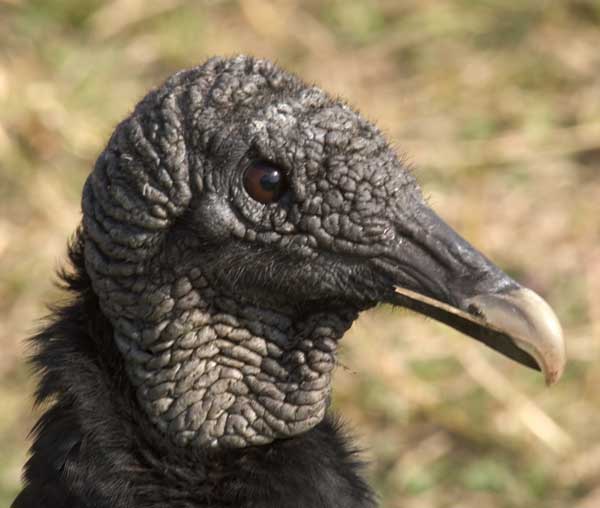



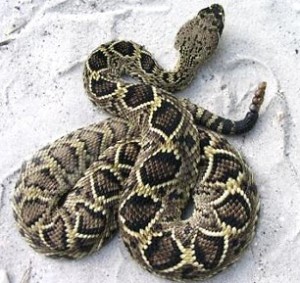


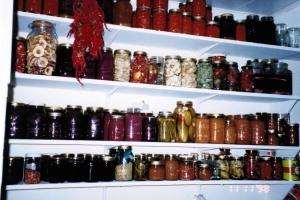


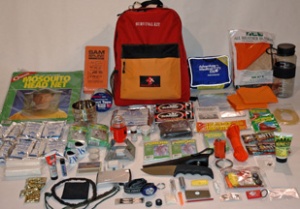
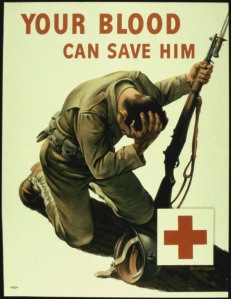





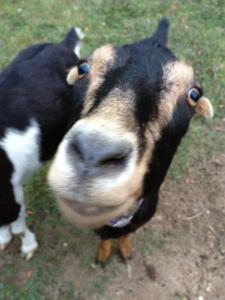
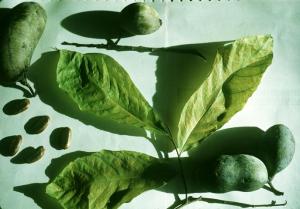



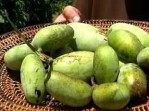

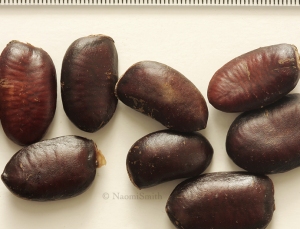









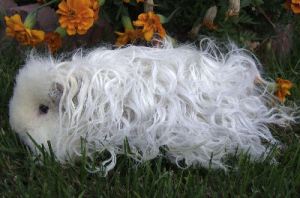

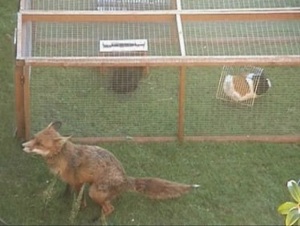


 Thanksgiving turkey, he mostly played around with his computer or threw tantrums when his poorly maintained equipment broke or he burned up all the propane before getting anything done. I wasn’t worried, because I already had plenty of stock made, and I’m very resourceful about how I get my product made.
Thanksgiving turkey, he mostly played around with his computer or threw tantrums when his poorly maintained equipment broke or he burned up all the propane before getting anything done. I wasn’t worried, because I already had plenty of stock made, and I’m very resourceful about how I get my product made.
Recent Comments